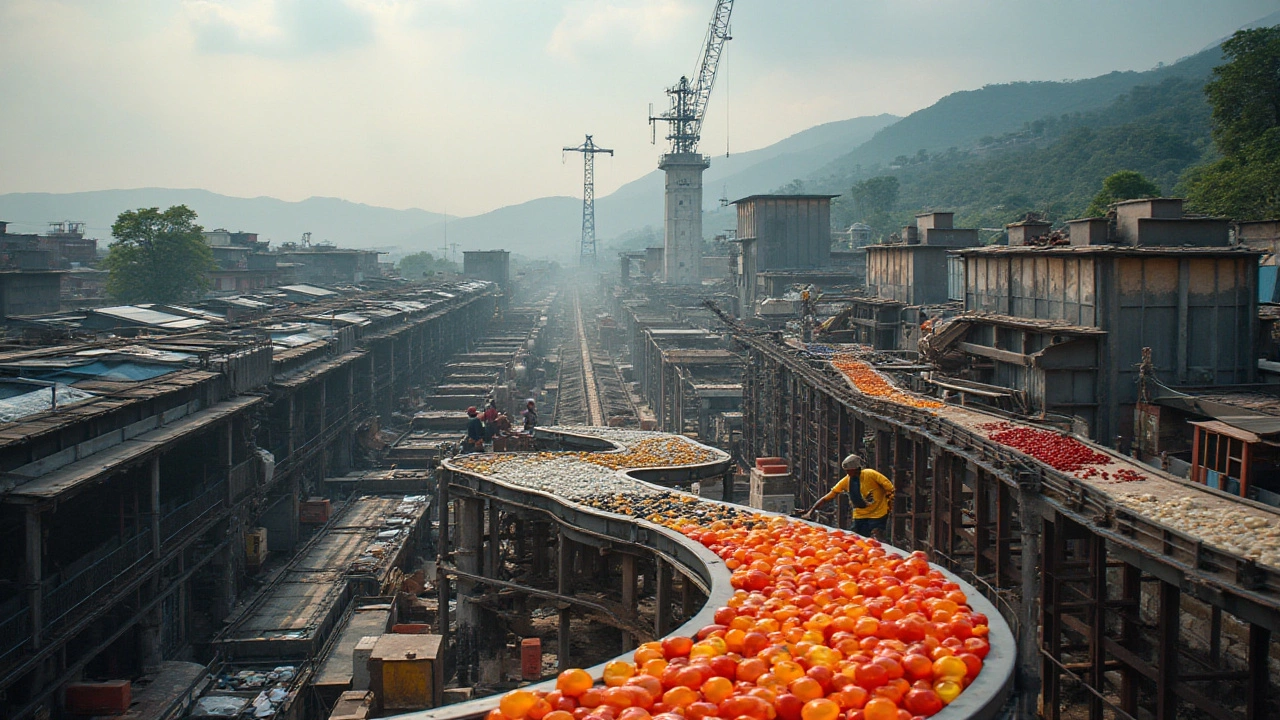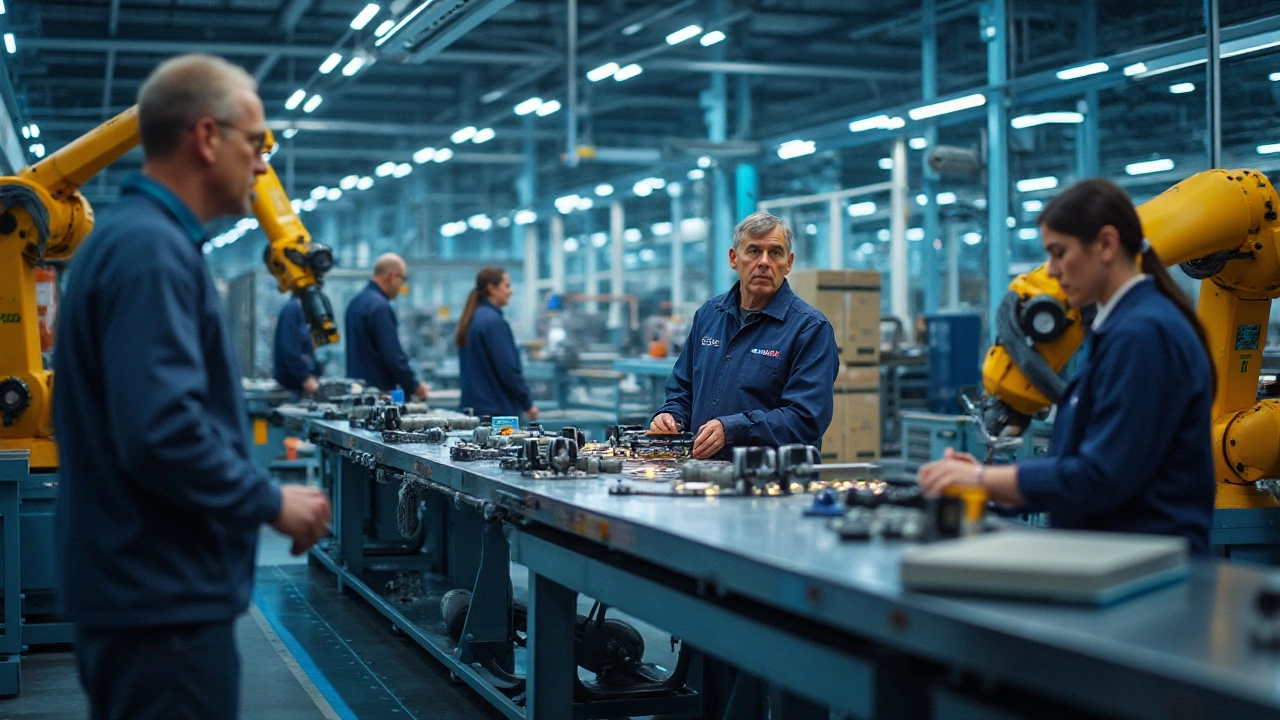Industry Consumption: Understanding How Sectors Use Resources
When analyzing industry consumption, the amount of raw materials, energy, and water that businesses use to produce goods and services, it's easy to see why it matters for the economy and the planet. Also called industrial resource use, it drives everything from factory salaries to the price of everyday products. Resource utilization, how efficiently an industry converts inputs into outputs determines cost, waste, and environmental impact. Likewise, the surge in plastic demand, the growing need for polymer materials in packaging, automotive, and construction sectors reshapes supply chains and raises recycling challenges. Understanding these links helps you spot trends, whether you’re a policymaker, investor, or curious reader.
Key Drivers Behind Consumption Patterns
One major driver is manufacturing demand, which shapes how much steel, textiles, or electronics are produced each year. When factories ramp up output, they pull more electricity, water, and raw inputs, which in turn spikes local employment and boosts regional economies—a point highlighted in posts about job creation and local welfare. Another driver is the agricultural sector’s thirst for water and fertilizer, a theme echoed in articles on container garden watering, no‑till practices, and rice production. The interplay between these sectors means a change in one—like a dip in car sales—can ripple through supply chains, affecting everything from plastic resin orders to fertilizer use. Recent data shows that recycled plastics such as rPET and rHDPE are gaining market share, reflecting a shift toward circular consumption models.
Finally, policy and consumer preferences steer consumption. Regulations on emissions and waste push industries to adopt greener processes, while shoppers increasingly favor sustainable products, prompting manufacturers to rethink packaging and material choices. The collection below dives into real‑world examples: from how daily watering habits affect garden water use, to which plastic resins will dominate 2025, to the impact of manufacturing on local economies. By connecting the dots between resource use, market demand, and societal trends, you’ll get a clearer picture of today’s industry consumption landscape and what might shape it tomorrow.
Top Buyers of Plastic in the Manufacturing Industry
Plastic is ubiquitous, comprising items we use every day. The largest buyers of plastic are frequently industrial giants spanning various sectors, driving demand across the globe. Recognizing these key buyers provides insight into market trends and sustainability challenges. The article explores who these buyers are and their impact on economic and environmental scales, offering a deeper understanding of the manufacturing ecosystem.
- manufacturing
- India
- food processing
- garden tips
- rice cultivation
- government schemes
- balcony garden
- urban gardening
- balcony gardening
- profitable business
- business ideas
- plastic manufacturing
- drip irrigation
- plant care
- steel manufacturing
- sustainable gardening
- startup ideas
- steel industry
- flower gardening
- textile manufacturers






